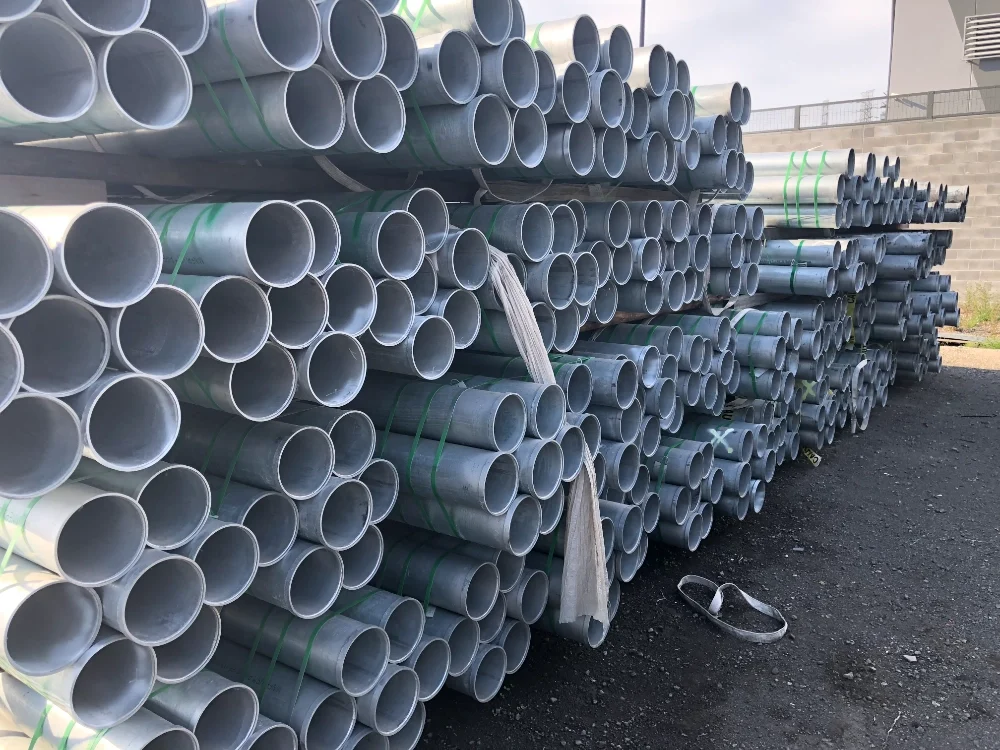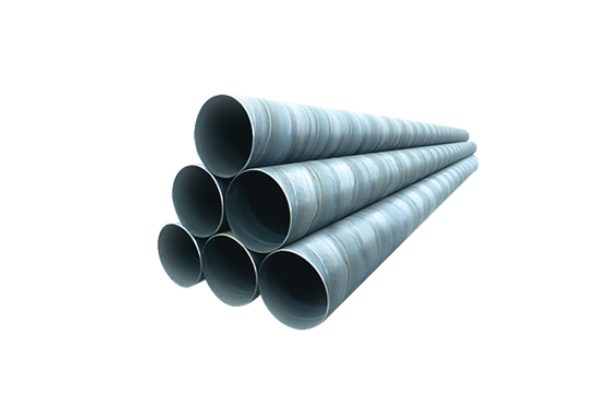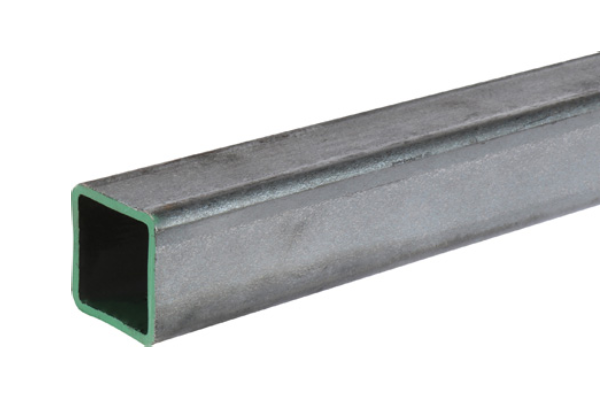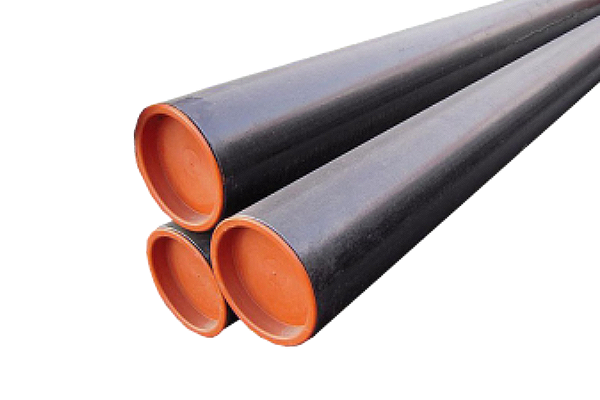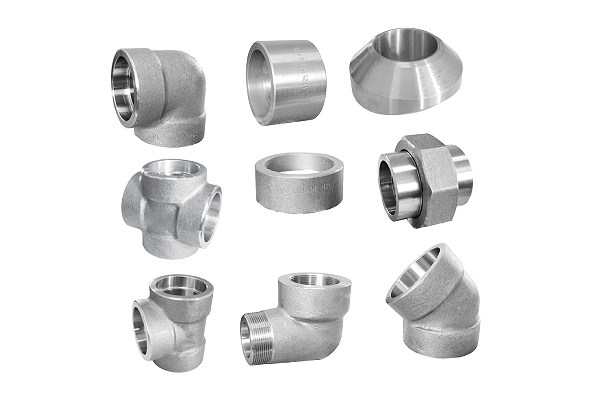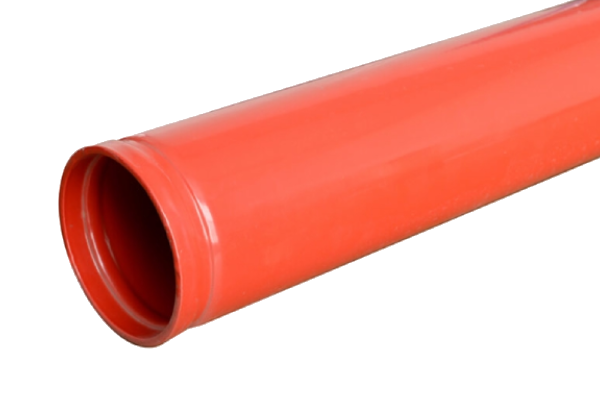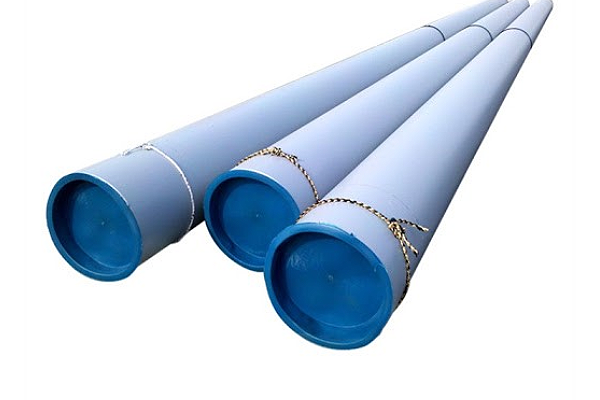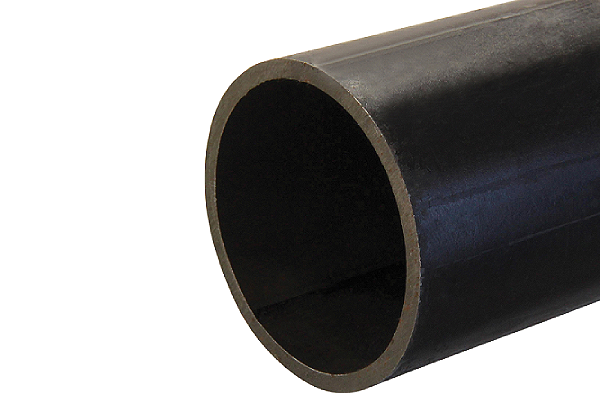Pressure Pipe Coating Types
– Fusion Bonded Epoxy (FBE) Coating
Fused bonded epoxy (FBE) coating is a thermally active powder coating based on epoxy resin, applied to metal surfaces via electrostatic spray technology. Its molecular structure has polar reactive epoxy groups. This creates a uniform, durable protective layer at high temperatures. As a result, it’s commonly used for corrosion protection on metal pipes, valves, and other equipment.
– Three-layer Polyethylene (3PE) Coating
Three-layer Polyethylene (3PE) coating provides superior corrosion protection and is widely applied to chemical pipelines in marine and harsh environments. The 3PE coating consists of a base layer of epoxy powder (FBE) or specialized adhesive, a middle layer of copolymer adhesive, and an outer layer of polyvinyl chloride. It is commonly utilized in the pharmaceutical, food and beverage, and water treatment sectors. Various types of internal coatings exist, such as epoxy coatings, which are ideal for acidic and alkaline conditions, and polytetrafluoroethylene (PTFE) coatings, which are perfect for low-friction, non-stick surfaces.This three-layer structure provides a strong synergistic effect, effectively preventing external corrosion on the pipe.
– Three-layer Polypropylene (3PP) Coating
3PP coating is a three-layer polypropylene anti-corrosion coating consisting of an epoxy powder base layer, a middle adhesive layer, and a polypropylene (PP) outer layer. The basecoat provides a good foundation for adhesion, the middlecoat is the core of the 3PP coating, and the topcoat primarily provides aesthetics and wear resistance.
– Epoxy Coal Tar Anticorrosive Coating
Epoxy coal tar anticorrosive coating consists of epoxy coal tar anticorrosive coating and a curing agent. It offers excellent corrosion resistance. It also exhibits excellent weathering and abrasion resistance. After high-temperature curing, epoxy coal tar anticorrosive coating forms a strong and ductile protective layer. It is widely used for corrosion protection in infrastructure such as oil and gas, bridges, and docks.
– Silicone Anticorrosive Coating
Silicone anticorrosive coating is a polymer coated with an organic silicone anticorrosive coating. It consists of polysiloxane, with silicon and oxygen atoms alternating to form a main chain and organic side chains. This compound is extremely chemically stable and resistant to corrosion from acids, alkalis, and salt media. It offers excellent stability and corrosion resistance. It is resistant to high temperatures and pressures, with an operating temperature of up to 600°C. It is commonly used in bridges, wind turbine towers, and petrochemical equipment.
– Internal Coating
Internal coating technology not only improves corrosion resistance on equipment surfaces but also enhances lubricity and reduces fluid resistance. It is widely used in the pharmaceutical, food and beverage, and water treatment industries. A variety of internal coatings are available, including epoxy coatings, which are suitable for acidic and alkaline environments, and polytetrafluoroethylene (PTFE) coatings, which are ideal for low-friction, non-stick surfaces.
